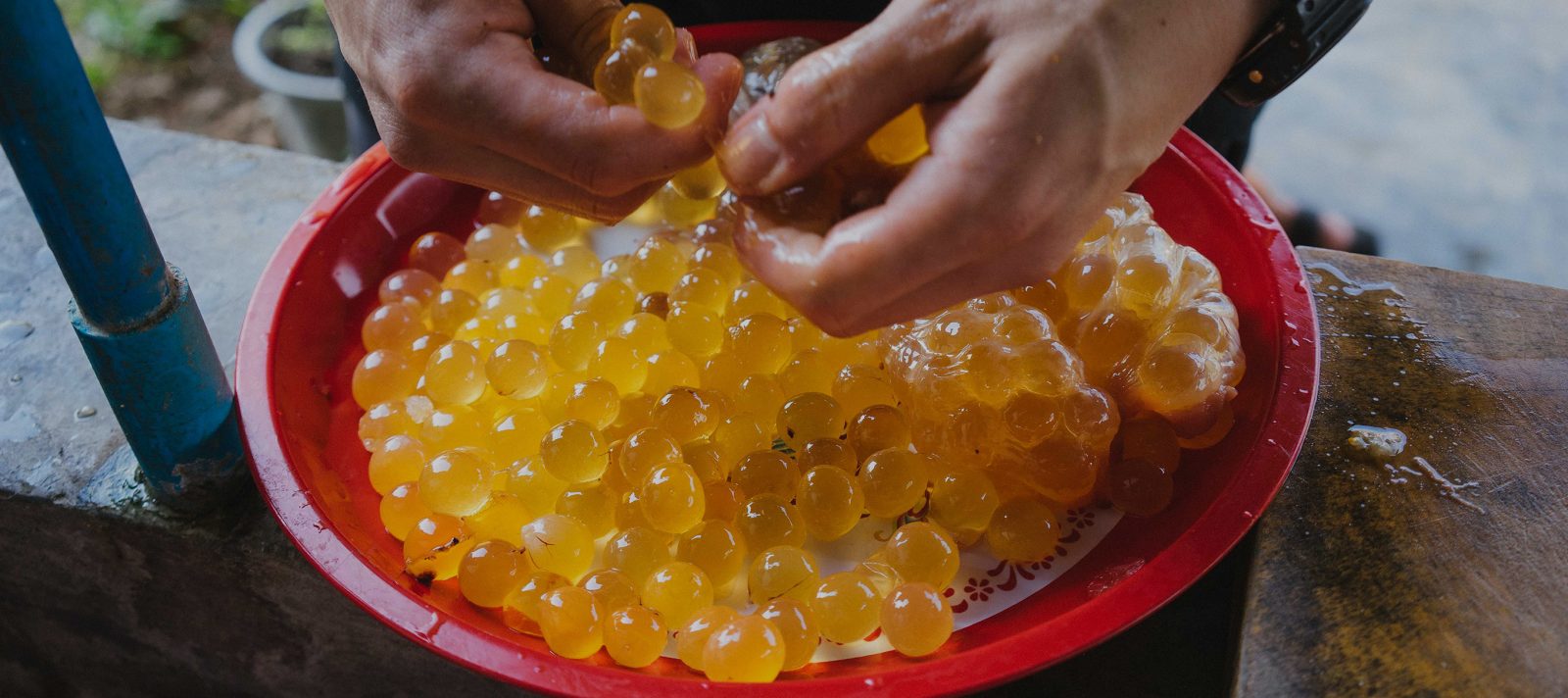

9 Unusual Thai Ingredients to look for in Bangkok Markets
Words by Sofia Levin
Images by Kitti Gould & Sofia Levin
Last updated 18.02.2022
Whether you want to order these Thai ingredients off a menu in Bangkok or buy them from a market and try your hand at cooking them, each lends colour, flavour – and in some cases shock value – to the plate.
1. Horseshoe Crab Roe
These prehistoric creatures aren’t crabs at all, but arthropods related to scorpions and spiders. They’ve lived on earth for 450 million years (which means they existed 200 million years before dinosaurs), have blue blood and 10 eyes. What they don’t have is an immune system. A clotting agent in the blood called coagulogen protects them from harmful bacteria and is used to test contamination in the human world, preventing risk of infection and septic shock. In Thailand, horseshoe crab eggs are a delicacy and usually incorporated into salad. Eggs have the appearance of flat lentils and vary in shades of green, yellow and orange. They’re firm and crunchy with a subtle saltiness, but are prized for their texture. You’ll find horseshoe crab roe on menus at seafood restaurants, especially those attached to fish markets, but it’s best to avoid preparing them yourself – parts of it are poisonous.
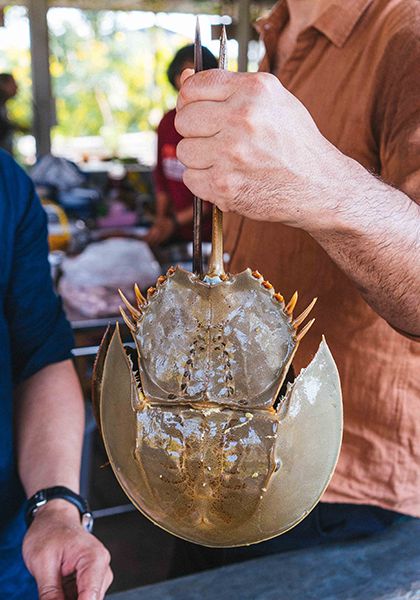
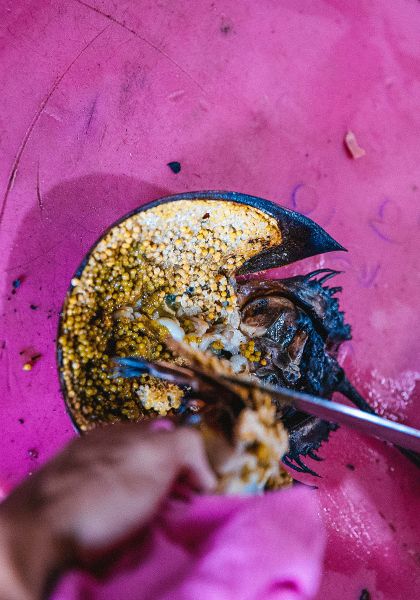
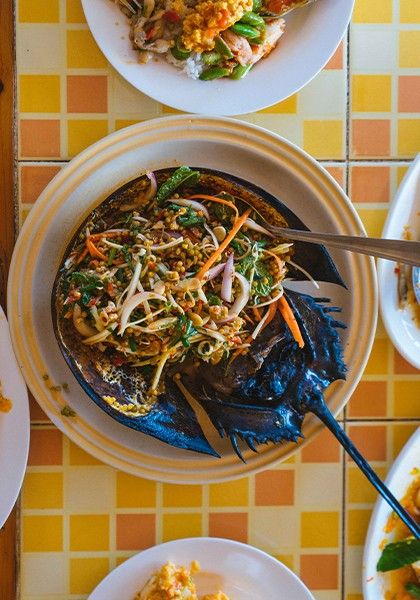
2. Blood Cockles
This species of clam is found at seafood restaurants, markets and street food stalls around Yaowarat, Bangkok’s Chinatown. Their soft tissue contains haemoglobin, which causes them to “bleed” when you pierce or bite into them. Blood cockles, also called blood clams, can be boiled, steamed or eaten raw. Usually they’re served slightly underdone to avoid becoming chewy. Be sure to only eat them prepared fresh; they have a reputation for making people unwell.
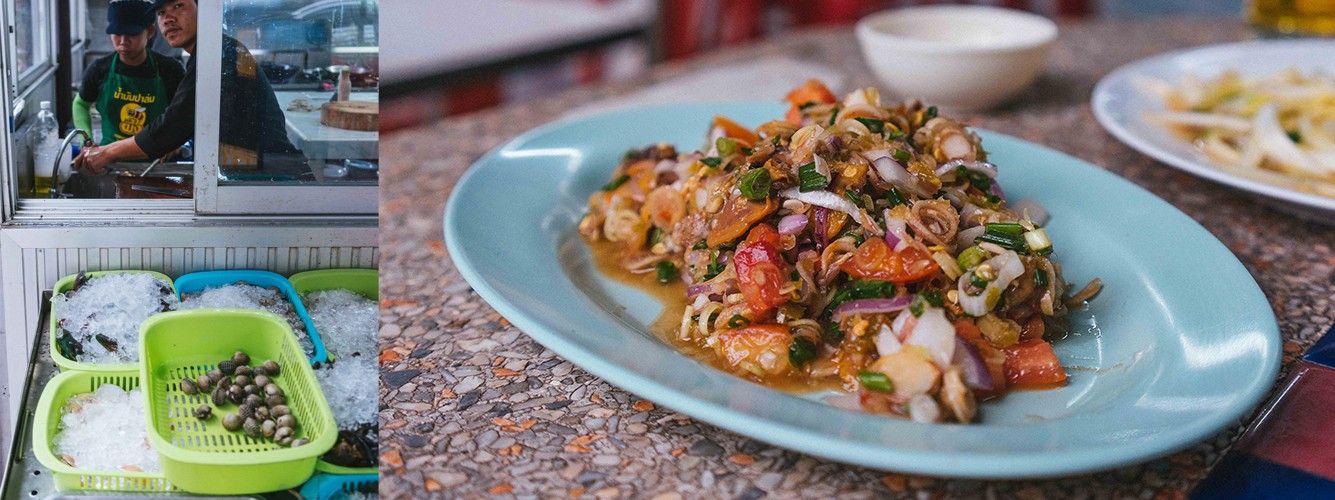
3. Giant Catfish Eggs
These golden orbs on ice will be the first things to catch your eye in Thai seafood markets. Catfish eggs are presented either in sacs with thin, veiny membranes or laid out over ice like glittering marbles. They’re added to curries, such as sour gaeng som, but it’s worth trying one raw for the experience. They taste similar to salmon eggs but the inside is more viscous and yolk-like. They really pop when you bite into them, so make sure you put the whole thing in your mouth or risk squirting whoever is standing nearby.
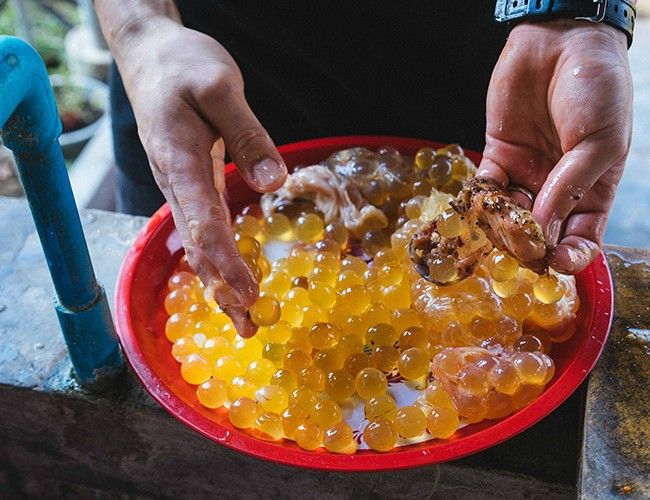
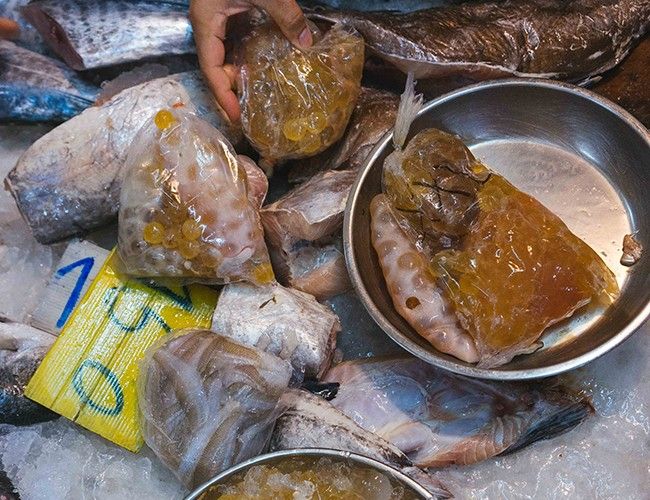
4. Butterfly Pea Flowers
These violet flowers are used to naturally dye food blue, which is why you’ll often spot sago and other Thai desserts in luminous shades. In more recent years, butterfly pea flowers have made their way into cocktails and tea blends in the western world. While they don’t taste like much, adding citrus to liquid containing colouring from the flower will turn it pinkish-purple as the pH level shifts. Look for them dried and sealed to take home as a souvenir.
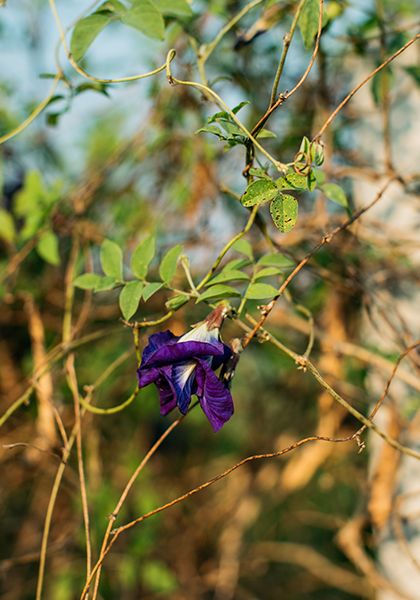
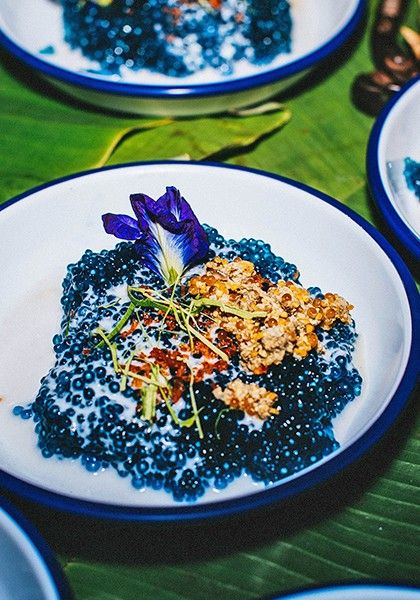
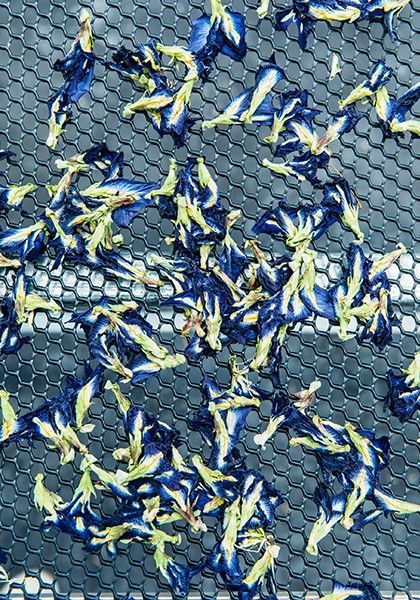
5. Sea Grapes
Also known as green caviar, this particular type of seaweed resembles tiny bunches of grapes. They're also common in Japan, where they're called umibudo. Sea grapes are purported to have health benefits that range from lowering your risk of diabetes and fighting cancerous cells to strengthening bones and making your hair shine, but ultimately the popping texture simply makes the stuff a joy to eat. Look for it at markets, where it’s sold with green chilli dipping sauce.
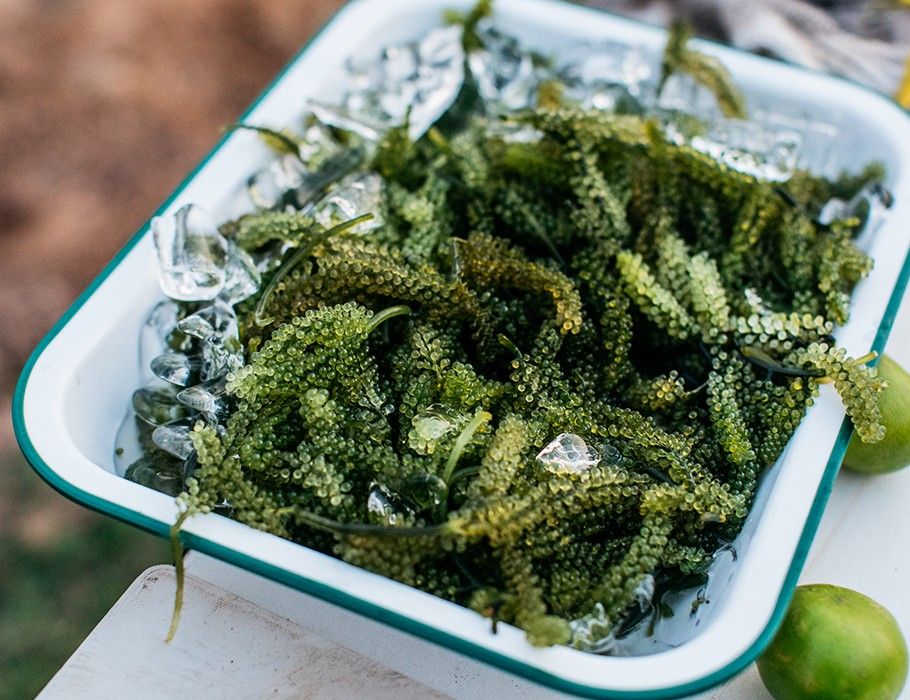
6. Rose Apples
You might have seen rose apples before – bell-shaped and waxy pink with a texture like unripe watermelon – but the fragrant rose apples available in Thailand, though related, are something else entirely. Known by the scientific name syzygium jambos, they’re yellowish and the size and shape of onions – far less appealing to the eye than the pink variety. They smell and taste exactly like Turkish delight.
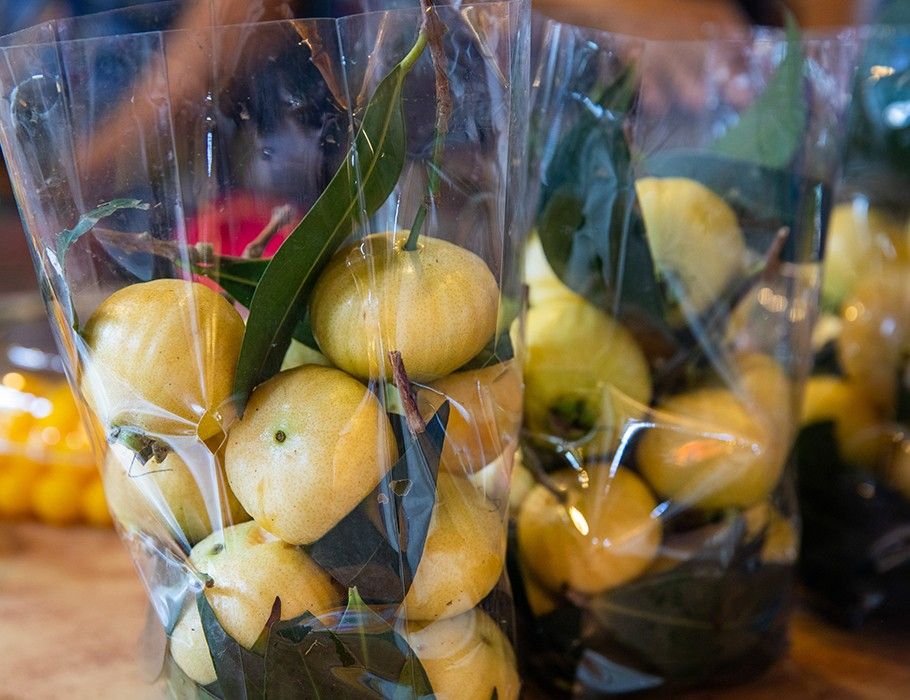
7. Stink Beans
Also known as petai, these beans grow in long, thin, twisted pods and add a bitter, nutty profile to the curries they’re generally cooked in. While stink beans are on the fouler side of the scent scale, the smell isn’t actually that off-putting – though you might find they come back to haunt you in a similar way to asparagus. Look for stink beans on any local Thai menu, sometimes proudly displayed in doorways to indicate availability.
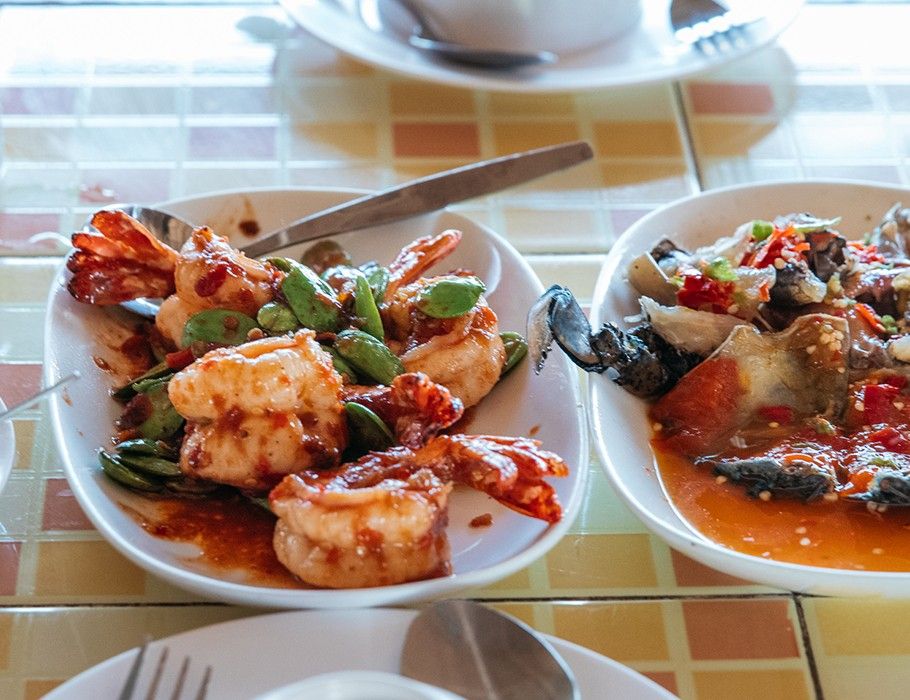
8. Young Lotus Stems
You’ll see the long, thin stems of the lotus plant curled up like neat electrical cables in marketplaces and incorporated into dishes at restaurants. They’re usually cut into pinkie finger-length segments and added to coconut broths and curries, absorbing the fragrant liquid and adding density to each mouthful. It’s a totally different experience from the thick slices seen more in Chinese cooking.

9. Deep-Fried Bugs
Deep-fried bugs are a common street snack in Thailand, whether silkworms, water bugs, crickets, grasshoppers, red ants or locusts. They’re seasoned in soy sauce and best served fresh – just like McDonald’s chips cooked in old oil, a batch that’s been sitting out too long won’t be pleasant. Still weary? Head to Tep Bar in Charoenkrung, Bangkok, where mixologists shake and stir cocktails with native Thai ingredients and you can snack on seasoned silkworms in place of peanuts.
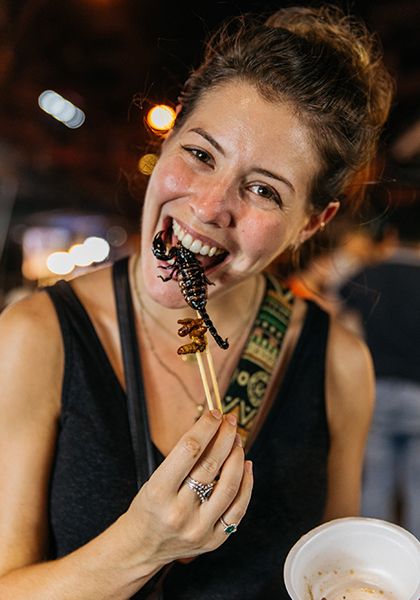

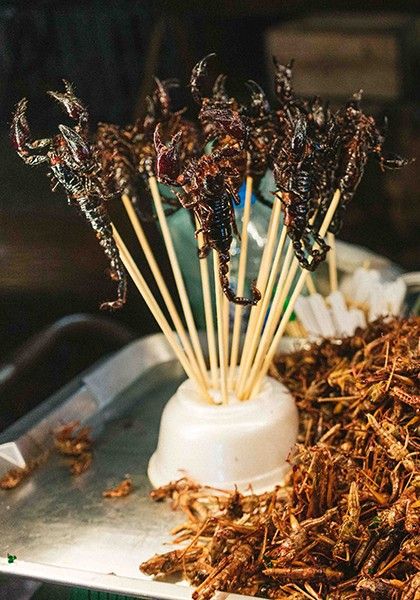
Join the Eat Curiously Movement
Subscribe to the food newsletter that goes deeper.
